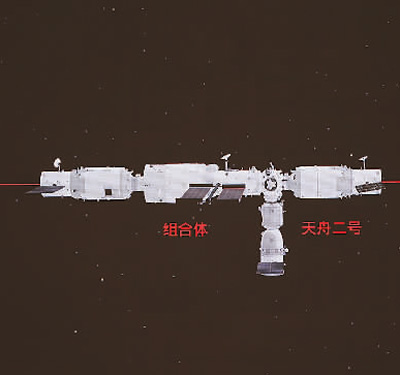The symphony is a grand epic depicting the Hakka (Kejia) people who live in Western Fujian, whose sense of struggle, exploration and of never forgetting their ancestors synthesize to form their unique character. The Hakka people is a sub-group of Han Chinese, who migrated from the middle of China to the south during the chaos of wars in ancient times. To propagate and defend their homeland, they lived in small communities of the Earth Buildings in various geometric shapes. During the 1980s, this region came to the attention of the world, because the American satellites spotted and recognised the Earth Buildings as missile silos, which they thought the Chinese had densely distributed in the mountains of Western Fujian. In the five movements, the two music themes come from Hakka “mountain songs” (folk songs).
I. Labour Chant The theme of Labour Chant, played by the trombone with only two notes, is simple and persistent. Brass and percussion instruments alternate, echoing each other to symbolize strength and valiant struggle. Earth buildings are the symbol of labour and unity.
II. Boat on the Ocean Hakka people had to flee their homeland, cross the ocean, and move abroad to survive. This movement shows a heroic picture of a small boat struggling against the wind and waves, and a distant bugle call of the Labour Chant appears from time to time. After conquering the sea, a solemn and stirring Hakka mountain song came from a distance.
III. Night Words from the Earth Buildings This is a soulful nocturne of the Earth Buildings in the image of a mother. Two flutes softly play a lullaby full of Western Fujian characteristic, contrasting from a folk song played by English horn. The glockenspiel clangs as if counting the stars. The Labour Chant, now played by the trumpet, seems far away just like distant children and mothers pray for each other, and meeting in their dreams. Mournful thoughts, played by blowing the tree leaf, brings the mother back to reality, the mountains.
IV. Crack a New World with a Sharp Axe In an ancient Chinese tale, Pan Gu separated the land and sky with a huge axe. Hakka people can be considered comparable. Here, the Labour Chant melds into a dynamic, fast theme, mixed with vigorous images of the Hakka dragon and lion dances, depicting their courageous spirit and boldness of pioneer. The mild middle passage expresses their emotions, reminding of the Hakka people’s keen respect for culture, value on education, deference for ancestors and need to find family roots.
V. A Song of Hakka This is a resolutely composed three-beat march, which is the prototype of the “chant” and the “mountain song” turning from weak to strong, far to near. This glorious, forceful, unrelenting symphony depicting the unity of hard-working Hakka spirit, also shows their sincere willingness to broaden friendships. During its premiere, the composer broke with tradition and went to the stage at the request of the audience, to sing the mountain song together with the chorus, thus ending this vigorous, powerful and passionate symphony.





